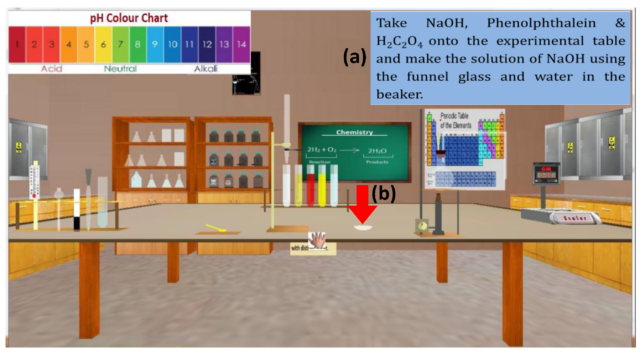Virtual Laboratories and Simulations: Enhancing Science Education

About Course
Step into the future of science education with “Virtual Laboratories and Simulations: Enhancing Science Education”, an engaging course designed to immerse learners in the rapidly evolving world of digital experimentation. As technology continues to reshape classrooms, virtual labs and simulations are emerging as transformative tools that allow students to explore, experiment, and understand scientific principles without the constraints of physical space or costly equipment. From chemistry reactions and physics experiments to biological dissections and Earth science phenomena, virtual environments offer a safe, interactive, and repeatable space for learning.
This course goes beyond simply explaining what virtual labs are — it explores their immense value, their growing implementation, and the best practices for maximizing their educational impact. Whether you’re an educator seeking innovative ways to engage students, a student eager to explore new modes of learning, or an ed-tech enthusiast interested in the future of science instruction, this course offers insight, inspiration, and practical knowledge. With real-world case studies and a look at how AI and machine learning are pushing the boundaries, you’ll gain a comprehensive understanding of this exciting frontier in education.
Course Content
Introduction
Definition of virtual laboratories and simulations
00:00Importance of virtual laboratories and simulations in science education
00:00Purpose of the ebook
00:00